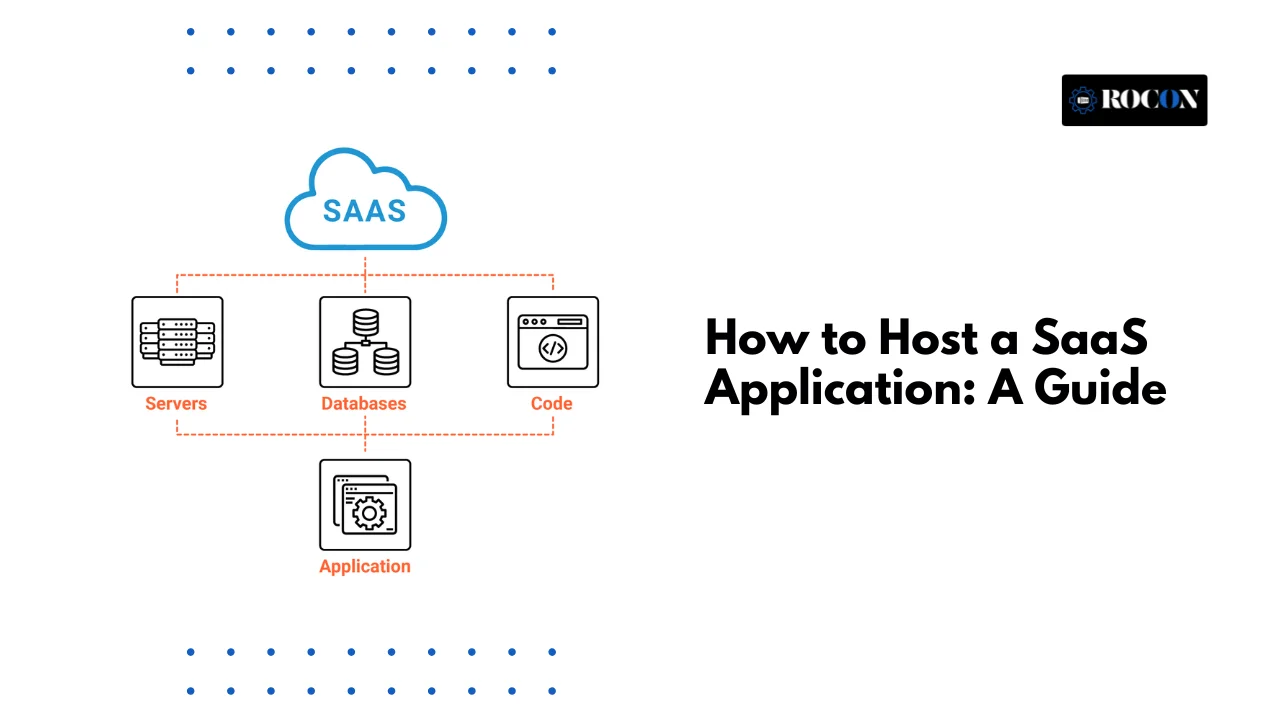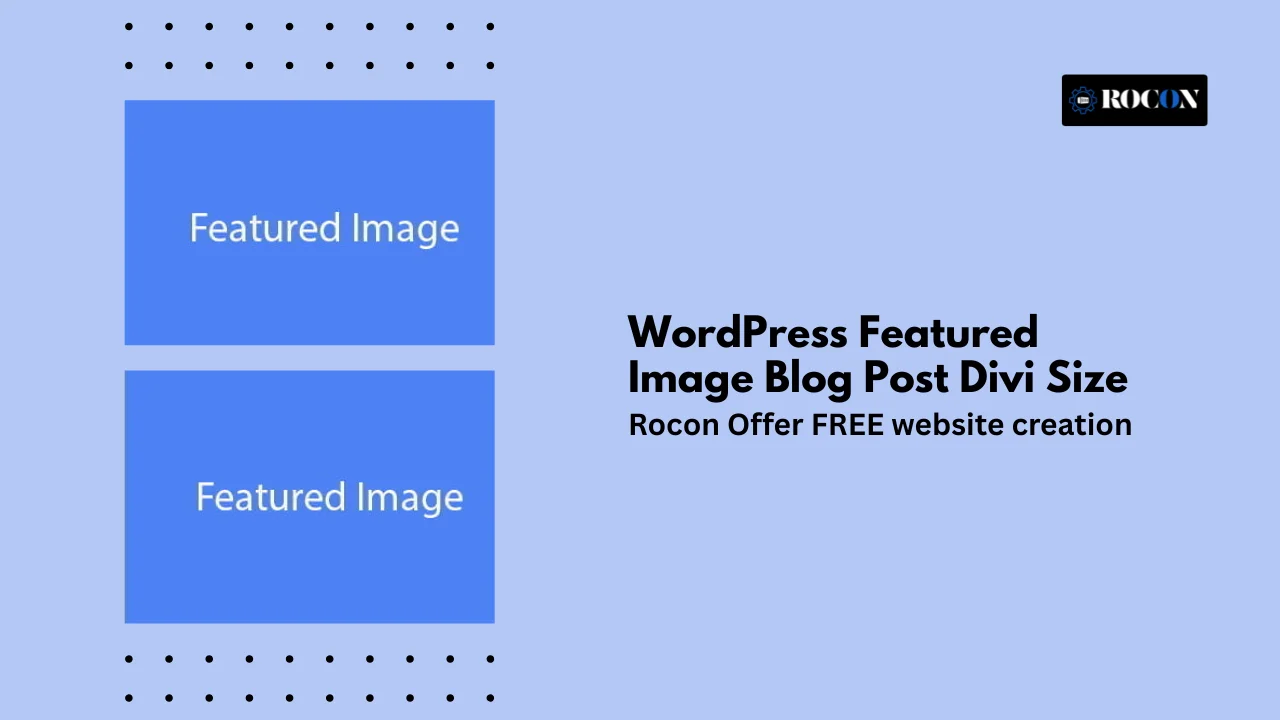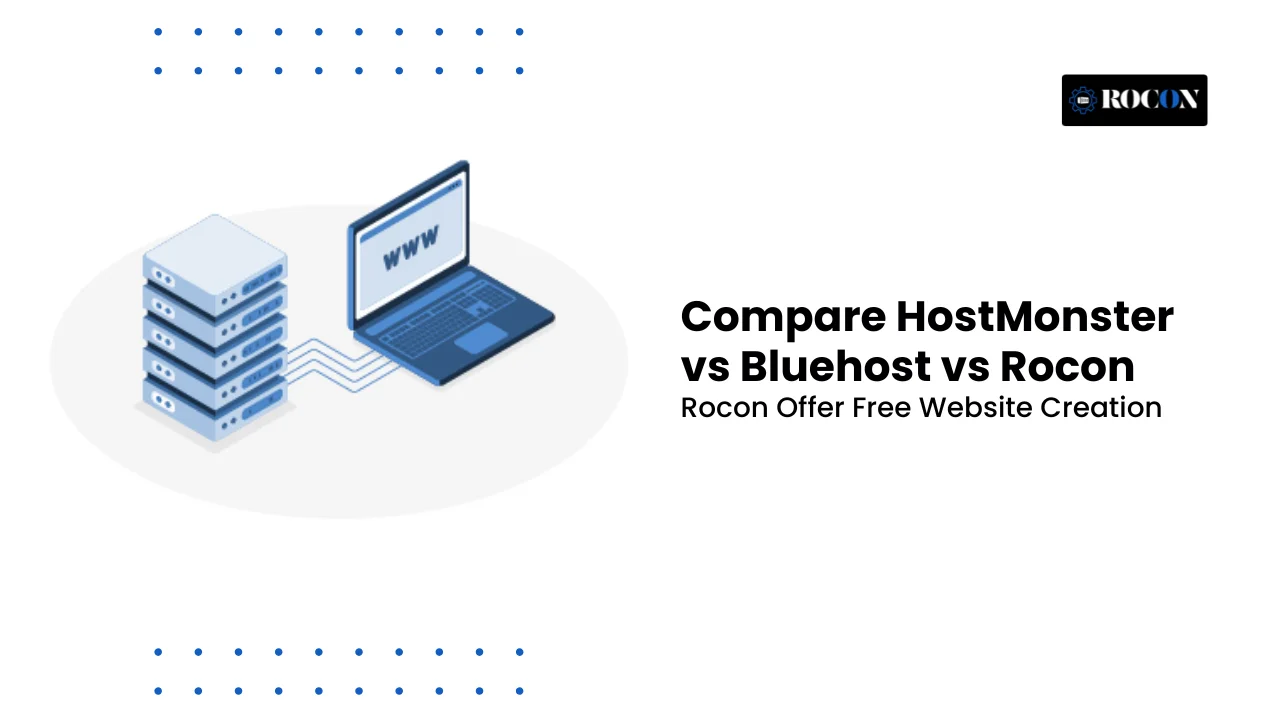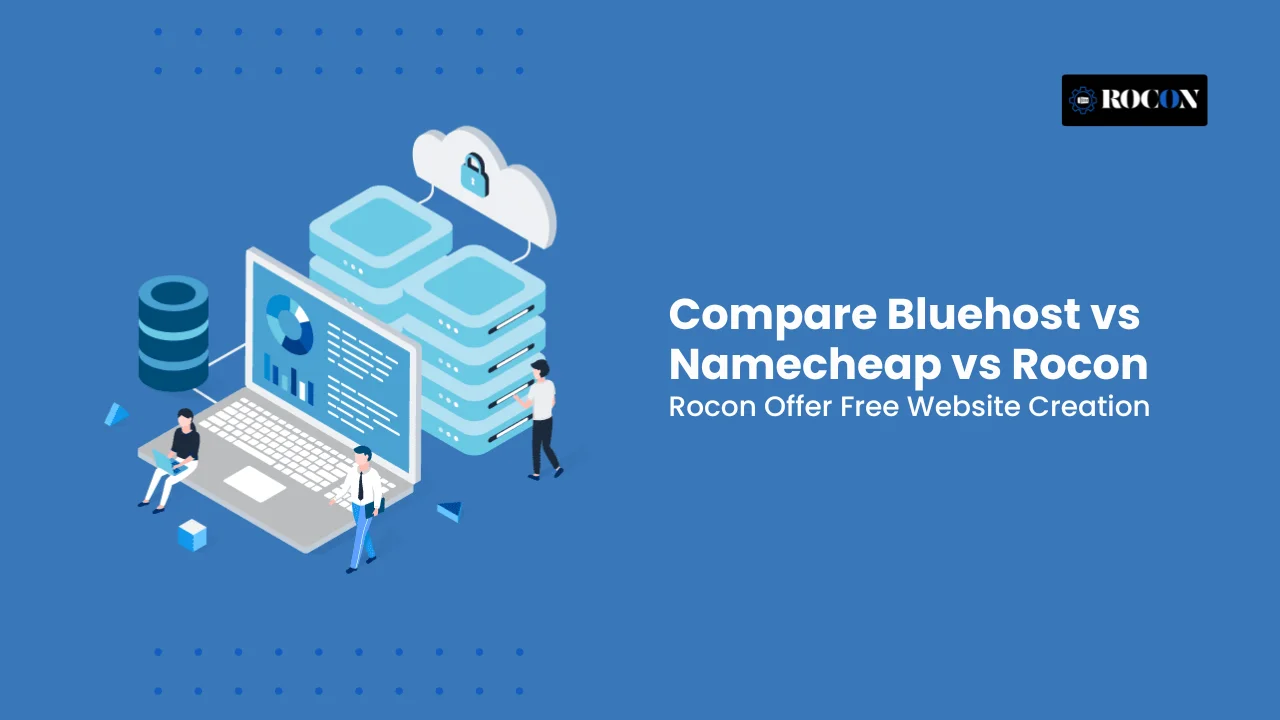How to Host a SaaS Application: A Complete Guide
October 6, 2025 by William

Hosting a SaaS application is a must for any business that wants to deliver software to users. Knowing how to host a SaaS application means your platform runs smoothly, scales easily and is secure for your customers. Unlike websites, SaaS applications require infrastructure that supports always on, high performance and strong security.
Many businesses struggle with issues like unexpected downtime, slow load times and security vulnerabilities which can directly impact user satisfaction and retention. And improper hosting can lead to increased costs, complexity and difficulty to scale as your user base grows.
This will walk you through the entire process of hosting a SaaS application from infrastructure to deployment, performance optimization, and security. Whether you’re a founder, developer or CTO by the end of this you’ll have a clear plan to host your SaaS application efficiently and reliably.
A SaaS application (Software as a Service) is a software delivery model where applications are hosted centrally and delivered to users over the internet. Unlike traditional software that requires local installation, SaaS applications allow users to access features through browsers or apps, often on a subscription basis.
For businesses exploring WordPress software as a service, SaaS hosting enables efficient plugin or theme distribution, centralized updates, and enhanced control over user access.
Selecting the right hosting infrastructure is the foundation of a successful SaaS application. The choice will influence your application’s performance, scalability, security, and overall user experience. Not all hosting solutions are built the same, and understanding your options is crucial before investing time and resources.
For WordPress-based SaaS applications (or “WordPress software as a service”), managed hosting platforms like Rocon can simplify the process by offering container-based isolation, automated scaling, and robust security features, reducing the chances of downtime or compromise.
Choosing the right infrastructure is about balancing performance, scalability, security, and cost. The better your foundation, the smoother your SaaS application will perform as it grows.
Once you’ve chosen the right hosting infrastructure, the next step is preparing a robust server environment for your SaaS application. Proper setup ensures optimal performance, security, and maintainability.
Most SaaS applications are compatible with Linux-based servers (Ubuntu, CentOS, Debian) due to their stability, performance, and wide support in the developer community. Windows servers can be used for specific tech stacks like .NET applications.
Your web server handles client requests and serves your application content. The most popular options are:
Your SaaS application will rely on a database to store user information, transactions, and application data. Common choices include:
Pro Tip: Always separate your database from your application server for better performance and security. Use managed databases if possible to reduce maintenance overhead.
Most SaaS applications built on WordPress or PHP require a properly configured PHP runtime. Key points:
Security is critical for SaaS hosting because your application handles sensitive user data. Essential steps include:
After the server environment is ready:
After setting up your server environment, the next critical step in hosting your SaaS application is ensuring your domain, DNS, and SSL certificates are properly configured. This step guarantees accessibility, security, and trustworthiness for your users.
Choosing a relevant and professional domain name is essential for brand recognition and user trust. Consider the following:
Tip: Register your domain with a reputable registrar and enable domain privacy to protect personal information.
DNS (Domain Name System) translates your domain into an IP address that points to your server. Proper DNS setup ensures your SaaS app is accessible globally. Key records include:
SSL (Secure Socket Layer) certificates encrypt data between your server and users, ensuring secure logins, transactions, and communications.
Once SSL is installed:
Configuring your domain, DNS, and SSL properly not only ensures your SaaS application is accessible worldwide but also builds trust with your users, which is crucial for customer retention and credibility.
Deployment is a critical stage in hosting a SaaS application. Proper deployment ensures that your application is stable, secure, and ready to handle users efficiently. Here’s a step-by-step guide for deploying your SaaS app.
Before deployment, maintain your codebase in a version control system like Git, GitHub, or GitLab. Version control enables you to track changes, roll back updates if needed, and collaborate with development teams. For SaaS applications, this is essential to manage multiple iterations and features safely.
Containerization is highly recommended for SaaS applications, especially if you expect scaling in the future. Docker allows you to package your application, dependencies, and environment configurations into containers, ensuring consistent performance across development, staging, and production. Container-based hosting platforms like Rocon further enhance deployment by isolating each SaaS instance for better security and resource management.
A Continuous Integration/Continuous Deployment (CI/CD) pipeline automates testing and deployment. Tools like Jenkins, GitLab CI, or GitHub Actions can automatically build, test, and deploy your application whenever code changes are pushed. This reduces errors, ensures quick updates, and maintains uptime—key factors for SaaS applications.
Always deploy first to a staging environment that mirrors your production server. This allows testing new features, security configurations, and performance optimizations without affecting live users. Conduct thorough QA checks, including load testing and security scans, before pushing to production.
Ensure your database is properly configured and integrated with your SaaS application. Migrations should be tested in staging to avoid data loss. Using managed databases with replication and backup options enhances reliability during deployment.
Once testing is complete, deploy your application to the production server. Monitor server performance, error logs, and user activity closely during the first few hours to detect and resolve any issues quickly. Platforms with monitoring tools and alert systems, like RoconPaas, can notify you of anomalies in real-time, minimizing downtime.
After deployment, verify that SSL certificates are active, URLs are properly configured, APIs are functioning, and users can access all features. Automated tests and real-user testing ensure a seamless experience.
By following these steps, deploying a SaaS application becomes a smooth, predictable process. Integrating version control, containerization, CI/CD pipelines, and staging environments ensures a professional, scalable, and secure SaaS hosting setup.
Hosting a SaaS application isn’t just about getting it online—it’s about ensuring it performs well under load and can scale seamlessly as your user base grows. Poor performance can lead to frustrated users and churn, so optimization is key.
Implementing caching layers is one of the most effective ways to improve performance. Use tools like Redis or Memcached to cache frequently accessed data. Additionally, SaaS platforms like Rocon offer built-in caching that works seamlessly with containerized instances, reducing database load and improving response times.
As your SaaS application grows, traffic spikes can overwhelm a single server. Load balancers distribute traffic across multiple servers to maintain uptime and responsiveness. Pair this with auto-scaling capabilities in cloud hosting to dynamically adjust resources based on demand. This ensures users experience consistent performance even during peak traffic.
A CDN distributes static assets like images, CSS, and JavaScript across servers worldwide, allowing users to access content from a location near them. This reduces latency, enhances load speeds, and improves the overall user experience for a global audience.
Efficient database management is critical for SaaS applications. Use indexing, query optimization, and database replication to reduce latency and avoid bottlenecks. For multi-tenant applications, consider separating tenant data into different databases or schemas to improve read/write performance and maintain isolation.
Monitoring tools are essential for maintaining performance and detecting issues early. Track server health, application response times, database performance, and error rates. Platforms like Rocon provide integrated monitoring dashboards and real-time alerts, allowing teams to address potential issues before they impact users.
Ensure that your application code and frontend assets are optimized. Minify CSS/JS, use lazy loading for images, and avoid unnecessary queries. Optimized code, combined with a strong backend infrastructure, ensures your SaaS application remains fast, responsive, and scalable.
By implementing these strategies, you ensure that your SaaS application can handle growing traffic efficiently, maintain a smooth user experience, and scale effortlessly with your business needs.
When hosting a SaaS application, security isn’t optional—it’s fundamental. A single vulnerability can compromise sensitive user data, damage your reputation, and lead to costly breaches. Implementing robust security measures from the start is crucial.
Encrypt all data in transit using SSL/TLS certificates. Enforcing HTTPS ensures that sensitive information, such as user credentials or payment details, remains secure. Services like Let’s Encrypt provide free certificates, while premium options can offer extended validation for additional trust.
Protect your SaaS servers with firewalls to control incoming and outgoing traffic. Deploy DDoS protection to handle large traffic surges or malicious attacks. A Web Application Firewall (WAF) filters out malicious requests, such as SQL injection attempts or cross-site scripting, before they reach your servers.
Most SaaS applications are multi-tenant, meaning multiple users share the same application instance. Ensure data isolation between tenants using separate databases, schemas, or containerized environments. This prevents data leakage and maintains user trust.
Implement strong authentication mechanisms. Two-Factor Authentication (2FA) adds an extra security layer beyond passwords. Role-based access control ensures users can only access data and functions relevant to their permissions, reducing the risk of internal breaches.
Keep your server OS, web server software, frameworks, and plugins up to date. Many attacks exploit known vulnerabilities in outdated software. Platforms like RoconPaas offer managed updates and patching, reducing the overhead and risk associated with self-managed environments.
Continuous monitoring is essential to detect unusual behavior or security breaches quickly. Track failed login attempts, suspicious API calls, and changes in system files. Real-time alerts allow your team to respond immediately before minor issues escalate.
By integrating these security measures, you not only protect your SaaS application but also build trust with your users. Security should be baked into every layer—from the server environment and application code to user authentication and data handling—ensuring your SaaS remains safe, reliable, and compliant.
When hosting a SaaS application, understanding cost structures and selecting the right hosting plan is crucial for long-term sustainability. Choosing an inappropriate plan can lead to unexpected expenses, performance bottlenecks, or service disruptions as your user base grows.
Cloud hosting platforms offer flexible, pay-as-you-grow pricing, making them ideal for SaaS applications with fluctuating traffic. Providers like AWS, Google Cloud, or RoconPaas allow scaling resources dynamically, so you only pay for what you use. In contrast, traditional shared or dedicated hosting may seem cheaper upfront but often comes with hidden costs for overages, performance tuning, or storage upgrades.
Managed SaaS hosting simplifies maintenance, security, and updates. Pricing is usually tiered based on traffic, storage, and number of active users. For example, hosting provides container-based managed WordPress hosting, offering predictable monthly costs while including automated backups, security hardening, and multi-tenant support. This eliminates the need for in-house infrastructure management, saving both time and operational expenses.
Be aware of extra charges that can accumulate with self-managed or low-cost plans:
These small expenses can add up quickly and impact your SaaS ROI if not anticipated.
Investing in reliable, scalable hosting prevents costly downtime and poor performance. Even if the monthly cost is higher than a basic plan, the reduction in user churn, improved uptime, and secure handling of sensitive data can pay for itself multiple times over. A well-structured hosting plan ensures your SaaS application remains fast, reliable, and trustworthy as it grows.
Carefully evaluating hosting options, anticipating hidden costs, and factoring in ROI helps you make smart financial decisions while ensuring your SaaS platform operates smoothly and securely.
When it comes to hosting a SaaS application, choosing managed WordPress hosting can simplify many technical challenges while providing high performance, security, and scalability. Unlike self-managed servers, a managed hosting platform takes care of routine maintenance, updates, and optimization, allowing you to focus on building your application and growing your user base.
Managed platforms like Rocon use container-based technology, which isolates each WordPress instance. This ensures that traffic spikes, plugin conflicts, or potential vulnerabilities in one application do not affect others. For SaaS applications with multiple tenants or high traffic volumes, this architecture guarantees consistent performance and enhanced security.
Keeping WordPress core, plugins, and themes up-to-date is critical for preventing security breaches. Managed hosting automates these updates, reducing the risk of downtime or vulnerabilities caused by outdated software. This ensures that your SaaS platform remains secure without requiring constant manual intervention.
For SaaS applications serving multiple clients or teams, managed hosting often provides parent and child account structures. This allows agencies or SaaS operators to manage several client sites efficiently, with centralized control over billing, user permissions, and monitoring. It simplifies multi-tenant management and reduces administrative overhead.
Managed WordPress hosting accelerates deployment with pre-configured environments optimized for WordPress performance. Features like built-in caching, SSL integration, and staging environments save valuable time during initial setup and ongoing development. This is particularly beneficial for startups and small teams who may not have dedicated DevOps resources.
Most managed hosting providers offer expert support and proactive monitoring. Any issues with performance, uptime, or security alerts are addressed swiftly, ensuring your SaaS platform runs smoothly at all times. This peace of mind is crucial for maintaining customer trust and operational reliability.
By leveraging managed WordPress hosting, SaaS operators can achieve better performance, security, and scalability, all while reducing operational complexity. Platforms like RoconPaas exemplify how container-based managed hosting is ideally suited for WordPress-based SaaS applications.
Hosting a SaaS application involves more than just picking a server; small oversights can lead to performance issues, security risks, and increased operational costs. Here are some of the most common mistakes to avoid:
Many SaaS operators choose hosting plans without accurately projecting traffic or resource usage. This can result in slow load times, downtime, or throttled performance. Always evaluate your server capacity based on expected user growth and peak usage periods.
SaaS applications often handle sensitive user data. Skipping essential security measures such as SSL/TLS, firewalls, regular updates, and intrusion detection can lead to breaches. Managed WordPress hosting platforms like RoconPaas simplify security by providing automatic patches, container isolation, and continuous monitoring.
Opting for low-cost, non-scalable hosting might save money initially, but it can hinder growth. SaaS applications require flexible resources to accommodate increasing traffic, database demands, and multi-tenant usage. Cloud-based or containerized hosting ensures your infrastructure can scale efficiently without downtime.
Neglecting backups or recovery plans can be catastrophic during server failures or accidental data loss. Implement automated, offsite backups, and test restore procedures regularly to minimize risk.
Without proactive monitoring, minor issues can escalate into critical failures. Set up alerts for server health, application performance, and uptime to address problems before they affect users.
By avoiding these mistakes, SaaS operators can ensure reliable performance, secure user data, and smooth scalability. Combining managed WordPress hosting with proper planning significantly reduces operational headaches and positions your SaaS application for long-term success.
Hosting your SaaS application is key to your product’s reliability, performance and security. From choosing the right hosting infrastructure to setting up your server environment, deploying your application and optimising for performance and scalability every decision counts for your SaaS business.
Security, backups and disaster recovery planning are non-negotiables that protect your users and your reputation. Using managed WordPress hosting solutions like Rocon can simplify these for you by offering container based isolation, automated updates and multi-tenant support so you can focus on growing your SaaS product not servers.
Now what? SaaS founders should assess their current or future application’s resource requirements, choose a hosting solution that scales with you, implement security and monitoring best practices and create a backup and recovery plan.
By doing this you can host your SaaS application with confidence, deliver a great experience to your users and have long term reliability and scalability for your business. Start now with a hosting solution for SaaS and get your application moving.
Elevate your WordPress hosting with 30-day money-back guarantee, free migration, and 24/7 support.
Sign Up TodayDecember 3, 2025
James
9 Min Read
November 20, 2025
Adam
9 Min Read
November 14, 2025
James
9 Min Read
Before You Go… Get 1 Month FREE on Rocon Hosting!
Experience lightning-fast speeds
No downtime or hidden fees
Dedicated 24/7 expert support

Our team will contact you soon.




Leave a Reply